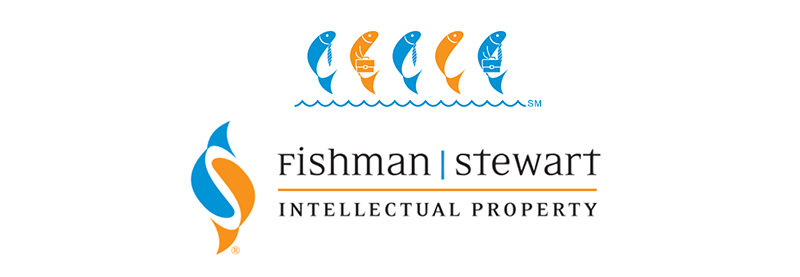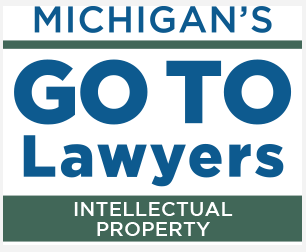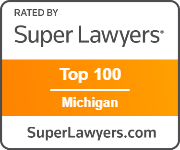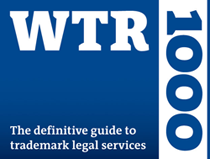Intellectual Property Insights from Fishman Stewart
Mini Article – Volume 22, Issue 15
Share on Social

The Right Golf Ball
Professional golfers recently assembled in Detroit, Michigan to compete in the PGA Tour’s Rocket Mortgage Classic at the Detroit Golf Club. Each player brought along a golf bag full of cutting-edge technology.
The type of golf balls carried by the pros can seem trivial compared to their clubs, especially when considering the amount of time and effort golfers put into purchasing the right set of clubs and selecting the right club for a specific shot. However, choosing the right golf ball and the technology that goes into that golf ball is far from trivial. Golf ball technology accounts for a large chunk of the golf-based US patent applications filed and many of these applications are focused on one thing – improving a golfer’s game.
Bridgeston Golf, for example, developed the golf ball disclosed in US2022/0176205A1 that is specifically designed to improve the game of amateur golfers, whose swing speeds are not as fast as professional golfers. The ball’s layered core enables the ball to incur less spin when hit with full power to improve distance, while also enabling a more desirable high spin on lower power approach shots.
To combat hooking and slicing, Aero X Golf created the golf ball described in US9211442B2. This ball has asymmetric weight distribution resulting from a core formed from non-spherical parts and different specific gravities in other parts that cause a differential between the moments of inertia of different spin axes, all of which help the ball resist hooking and slicing. That’s a lot of complex physics to help offset a golfer’s slice/hook swing!
Acushnet went the opposite direction with its golf ball in US10471307B2 that was designed to have a non-straight flight trajectory. The golf ball has two distinct dimple design patterns on opposite sides of the ball that cause the ball to curve during flight.
Some golf balls even include diodes and microchips, like Nike’s golf ball in US2022/0105418A1. The ball includes an internal microchip and infrared emitting diodes arranged on its outer surface that can be detected by sensors to determine the location of the ball, which could be very useful for those golfers who tend to spend lots of time in the rough.
If you want to improve your game and play like the pros, take advantage of golf ball technology, and select the ball that best suits your game!
Published July 29, 2022


Related Content from Fishman Stewart
In a recent decision, the U.S. Court of Appeal for the Eighth Circuit affirmed a jury verdict holding that the use of the "Success Kid" meme by a congressman's reelection campaign for fundraising purposes did not qualify as fair use.
In February 2024, proposed legislation was introduced in US House of Representatives which would extend copyright protection to golf courses. The bill is titled “Bolstering Intellectual Rights against Digital Infringement Enhancement Act” or the “BIRDIE Act”.
June is Pride Month, which honors the 1969 Stonewall Uprising in Manhattan and recognizes the impact that lesbian, gay, bisexual, and transgender (LGBTQ+) individuals have had on history locally, nationally, and internationally. The United States Patent and Trademark Office flies the Pride Flag and promotes the Pride community’s contributions with programming offered annually.
June is Pride Month. This year we are celebrating with some IP tips for drag performers! Drag performers can protect their intellectual property by registering the copyrights in their original works of music, choreography, and comedy sketches.
You’re rarely more than a few yards from Finny’s favorite chips, semiconductor chips to be precise. But what exactly is a semiconductor chip?
"May the 4th Be With You," also known as Star Wars Day, takes place annually on May 4th. The phrase is a pun on the iconic Star Wars catchphrase "May the Force be with you."
First, a big “thank you” to all our readers who have given feedback on our newsletter. We appreciate your interest and insights. It is always a treat to hear from you! Second, we wanted to provide you with updates on some of our most popular articles
“Palworld”— a computer game created and published by Japanese developer Pocket Pair. Released as an early access game in January 2024, it sold over seven million copies on the computer platform Steam in the first five days and had nearly 20 million players in the first two weeks.
This year’s Super Bowl featured a thrilling overtime victory for the Kansas City Chiefs over the San Francisco 49ers. With estimates as high as 123 million viewers, America's premier sporting event also serves as a grand stage for creativity and intellectual property protections that enhance the game’s success.
Valentine’s Day is just around the corner and jewelry sales are usually around $6 billion USD in the United States alone. In 2021, the US Customs and Border Protection agency seized over $1 billion USD worth of counterfeit pieces of jewelry.
IDENTIFYING, SECURING AND ADVANCING CREATIVITY®











